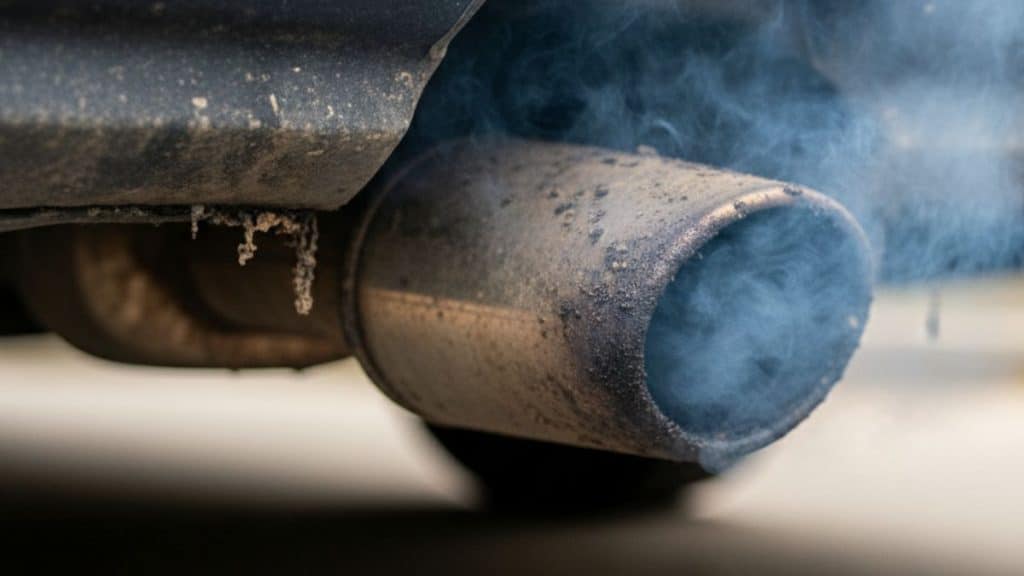
You'd probably think it would be trucks or buses, but vans have surpassed taxis to become the largest source of a harmful pollutant in central London.
That's according to data from the London Atmospheric Emissions Inventory (LAEI) which shows that vans emitted 108 tonnes of nitrogen oxides (NOx) in 2022. This compares to 78 tonnes from taxis and 60 tonnes from cars.
NOx contributes to nitrogen dioxide (NO₂), a gas linked to asthma attacks and reduced lung growth in children. London continues to breach both UK legal limits and stricter World Health Organization guidelines for air quality.
The think tank Clean Cities, which analysed the data, is now urging the Mayor of London to offer 100% Congestion Charge discounts for electric vans used by small businesses and charities.
Almost 100 organisations have already written to City Hall to call for greater support, but City Hall reports that overall road transport NOx across the capital has fallen by 52% since 2016.
Van emissions in central London also fell by 14% between 2019 and 2022, however, taxi emissions have dropped much more dramatically. This is due to a more widespread electrification of their fleets, showing not only how quickly change is possible when incentives and infrastructure are in place, but how far behind the van industry is slipping.
Figures released today from the SMMT show that electric van sales are increasing, having reached a new high for August, however, the 13% ownership rate is still well below the 16% required for the ZEV Mandate, and previous months have not seen such high levels of registrations.
BEDEO, a company specialising in electric van retrofitting, warned that the current progress is not enough.
"Vans are essential to London’s economy, but they are now the city’s top source of NOx," said Osman Boyner, Founder and CEO of BEDEO.
"We cannot let these emissions undermine public health. Supporting the electrification of vans—including retrofitting existing diesel fleets—is a critical step to cleaner, safer streets," he added.
The LAEI analysis forecasts that vans will remain the largest road contributor to NOx in central London by 2030 unless more operators switch to electric.